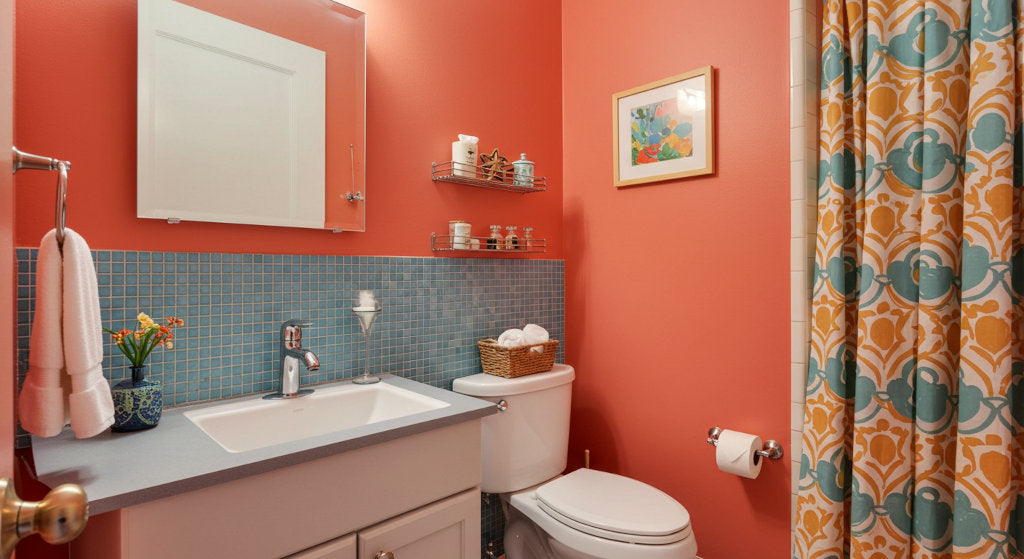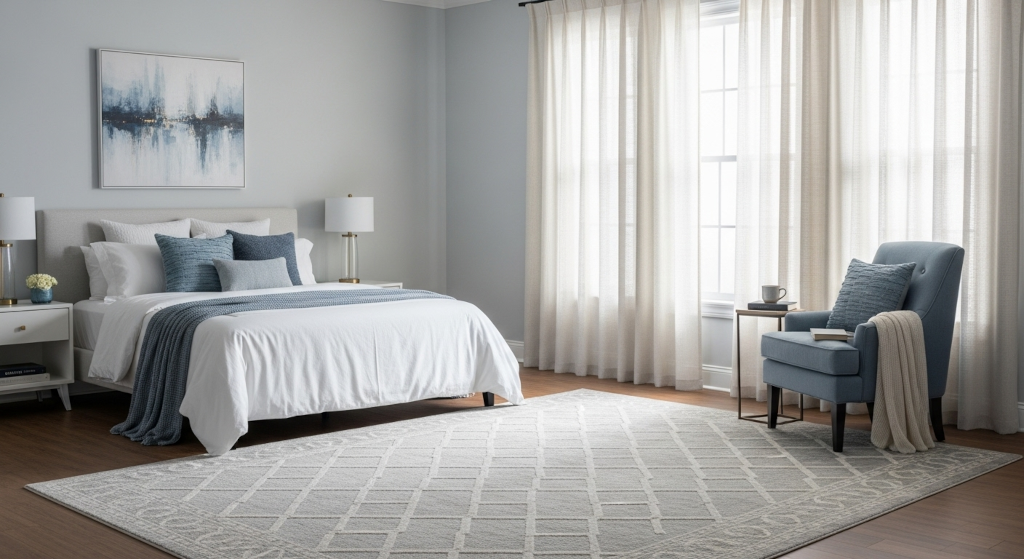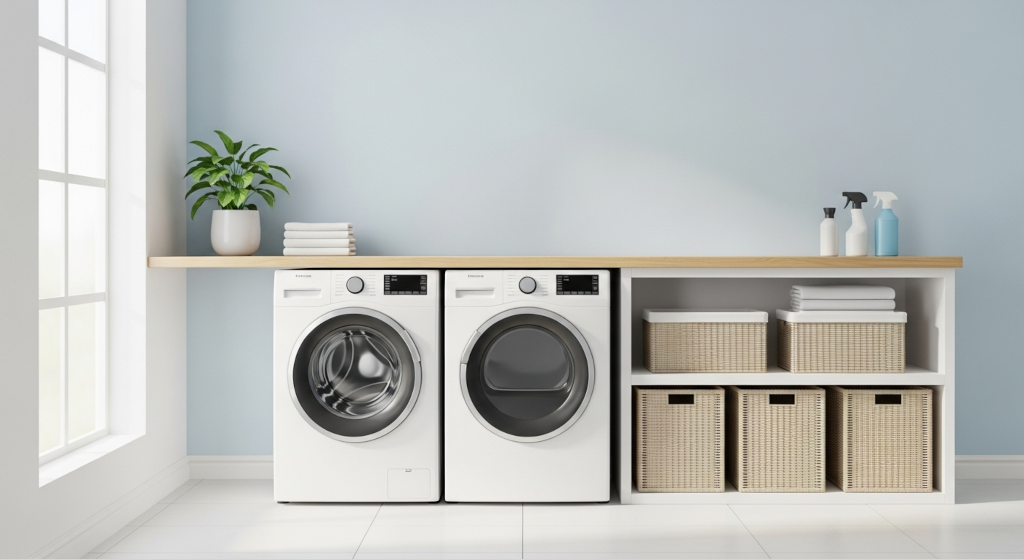Small bathrooms get stuffy fast. Between poor ventilation, high moisture, and daily use, even the cleanest half bath can develop a stale or unpleasant smell. The problem isn’t just cleanliness, it’s air quality. And when windows are nonexistent and fans barely move the air, typical freshening methods often fall short.
The good news? You don’t need to douse the room in artificial fragrance to make it feel clean. With a few intentional steps and the right odor-fighting spray, you can maintain a pleasant, balanced bathroom atmosphere that welcomes guests and feels better to use every day.
Understand Why Odors Linger in Small Bathrooms
Bathrooms are built for function, not airflow. If yours doesn’t have a window or exhaust fan, moisture, body products, and waste-related smells can quickly build up. The scent gets trapped in linens, grout lines, and tile surfaces. Over time, these odors don’t just float in the air; they settle into the space.
Scented candles and plug-ins might cover it temporarily, but they rarely address the root of the problem. In fact, layering fragrance over humidity and organic smells often creates a dense, artificial atmosphere that’s just as unpleasant.
What works better is a product designed to break down odor molecules at the source. Not all sprays are made for this. Look for those developed to neutralize odor, not just mask it.
Focus on High-Impact Zones
Because small bathrooms can’t rely on circulation alone, the most effective odor control comes from treating the areas where scent builds up first. These include:
-
Toilets and surrounding floors, especially behind the bowl
-
Shower walls and curtains, which trap moisture and mildew
-
Hand towels and bath mats, which absorb humidity and body odor
-
Trash bins, particularly those with lids or liners left in too long
-
Closed cabinets, which can harbor stale air or damp products
By applying a fine mist of spray to these zones, you can break the cycle of buildup before it worsens. Use a formula that disperses evenly and dries quickly without leaving sticky residue.
Timing Matters More Than You Think
Spraying after someone uses the bathroom is common, but the most effective results come from spraying before odor ever becomes noticeable. A quick application in the morning or before guests arrive helps pre-treat the space.
Also, consider spraying just after cleaning, once surfaces are dry. This locks in the clean feel and resets the air before the room gets heavy with moisture again. And for homes with multiple people using the same small bathroom, a midday refresh can go a long way.
One Product, Multiple Uses
Bathroom odors don’t always come from the obvious places. Hair products, facial cleansers, and even soaps with strong ingredients can leave behind lingering notes. A good spray with odor-fighting properties helps neutralize these without clashing with your existing scent profile.

You can also mist:
-
The inside of your wastebasket after removing the liner
-
The door and doorknob, which often collect hand oils
-
Floor corners, especially in half baths with minimal space
Small spaces require minimal effort if you stay ahead of odor before it takes hold.
Use Texture and Airflow to Your Advantage
If you can’t improve mechanical ventilation, create better passive airflow. A standing fan placed in the hallway outside the bathroom door can push clean air in and encourage movement. Open the door when the bathroom isn’t in use. Even ten minutes a few times a day can make a difference.
Opt for towels and bath mats that are quick-drying and easy to wash weekly. Avoid fabrics that hold moisture long-term or take hours to dry, especially in low-circulation spaces.
For added freshness, consider storing odor-fighting spray on an open shelf or behind the toilet for easy access. The more accessible it is, the more consistently it gets used.
Create a Routine That Works
With small bathrooms, the goal isn’t heavy-duty cleaning every day; it’s consistency. A few small actions go further than waiting until a problem develops. Here’s a routine that takes under five minutes and works for even the most compact bathrooms:
-
Mist the toilet area and trash bin first thing in the morning
-
Replace or rotate towels every three days
-
Spray walls, curtains, and mats weekly after washing
-
Keep the door cracked when the bathroom isn’t in use
-
Refresh the space again in the evening before bed or after guests
When combined, these simple steps remove the need for overpowering room sprays or cloying deodorizers.
A Subtle Shift, a Lasting Result
What sets clean-smelling bathrooms apart isn’t the presence of perfume; it’s the absence of odor. The best environments don’t smell like anything at all. That’s why neutralizing is better than covering.
In a small bathroom, this becomes even more important. You’re not just managing scent; you’re shaping the entire experience of the space. With a light, targeted odor neutralizing spray and intentional upkeep, you can maintain that fresh, balanced feel day after day.








